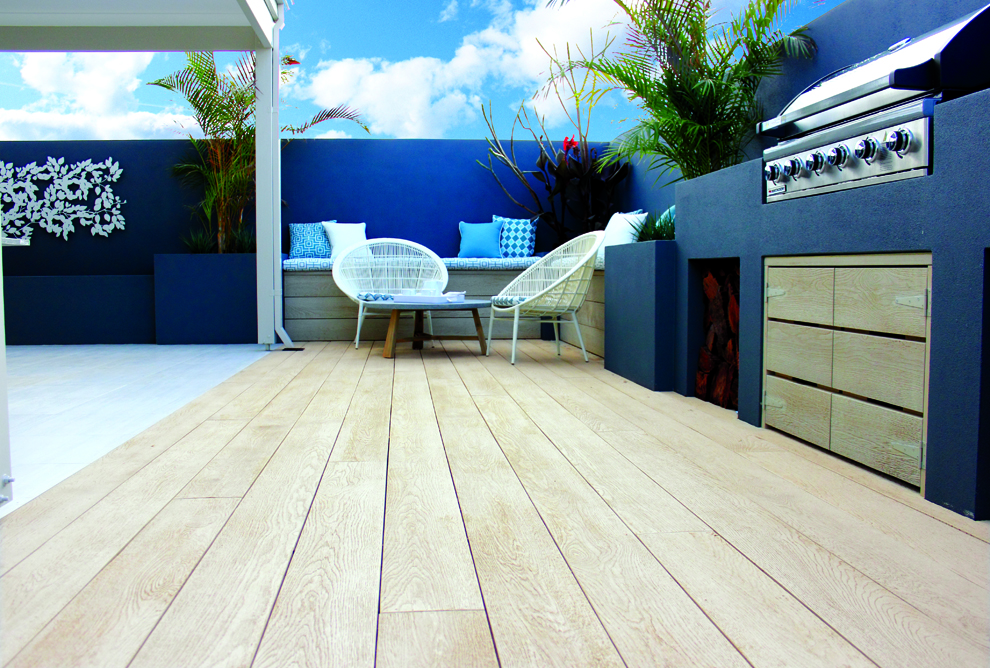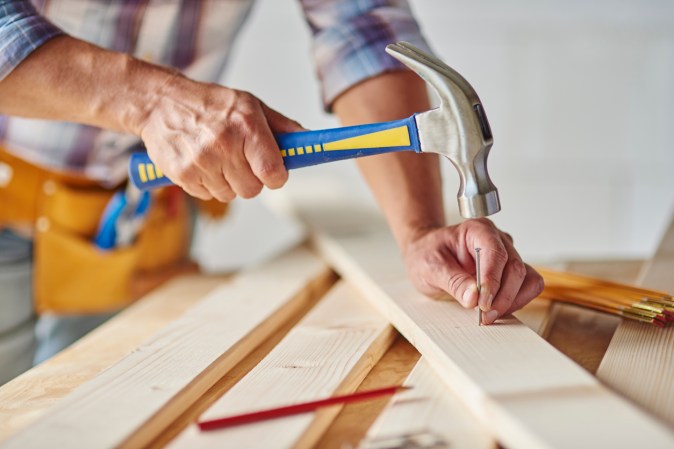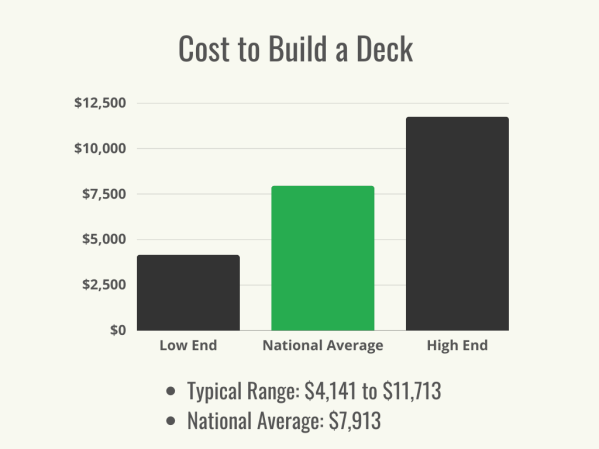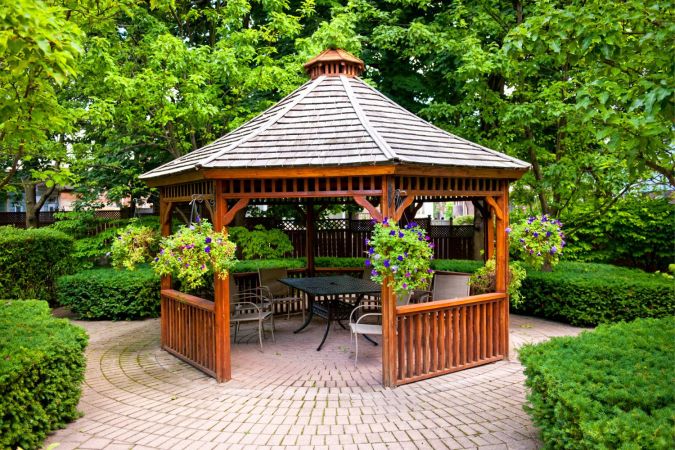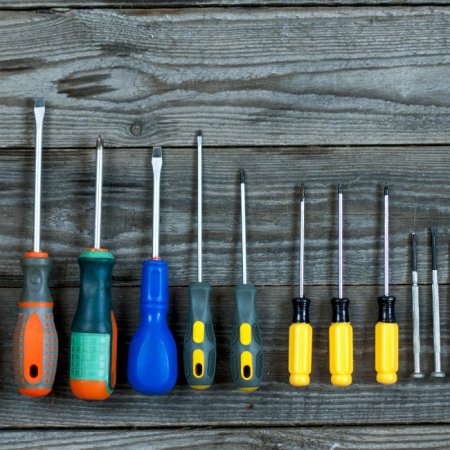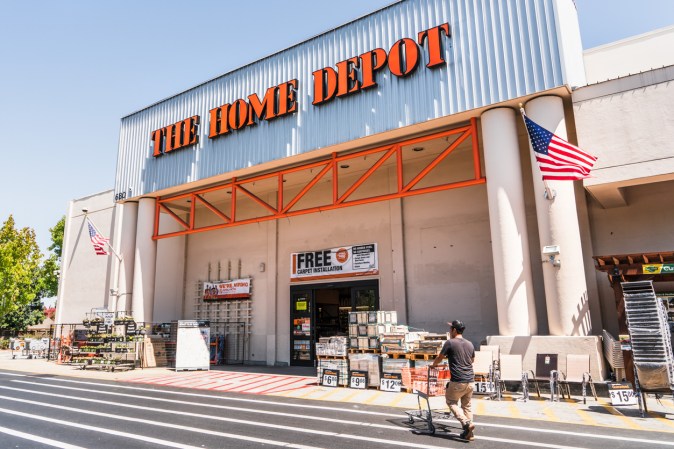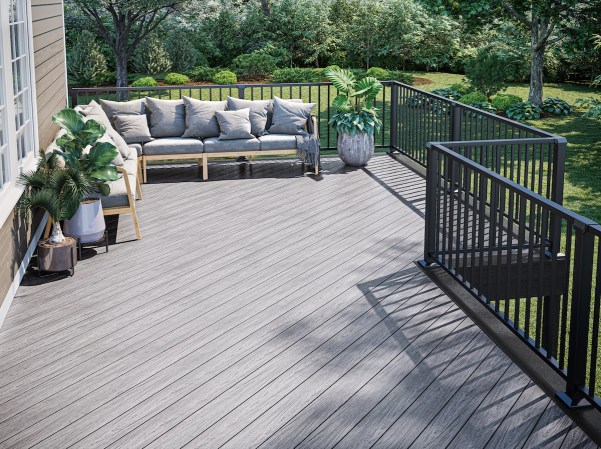We may earn revenue from the products available on this page and participate in affiliate programs. Learn More ›
Wood might be the most common choice for many home projects, but it’s far from the only option available to DIYers looking to upgrade their homes. These days, innovative brands are offering wood alternatives that are sustainable and provide unique benefits that are persuasive choices in specific situations.
From composites made with rice hulls to paper wall studs and cork panels used in place of plywood, there’s a lot to know about this emerging world of wood substitutes. Keep reading to find out about some of the innovative and sustainable options available for your remodeling projects, and discover which might be the right fit for your home.
RELATED: 10 Innovative Materials Poised to Make Home Building More Sustainable
1. Rice Hull Wall Cladding and Decking
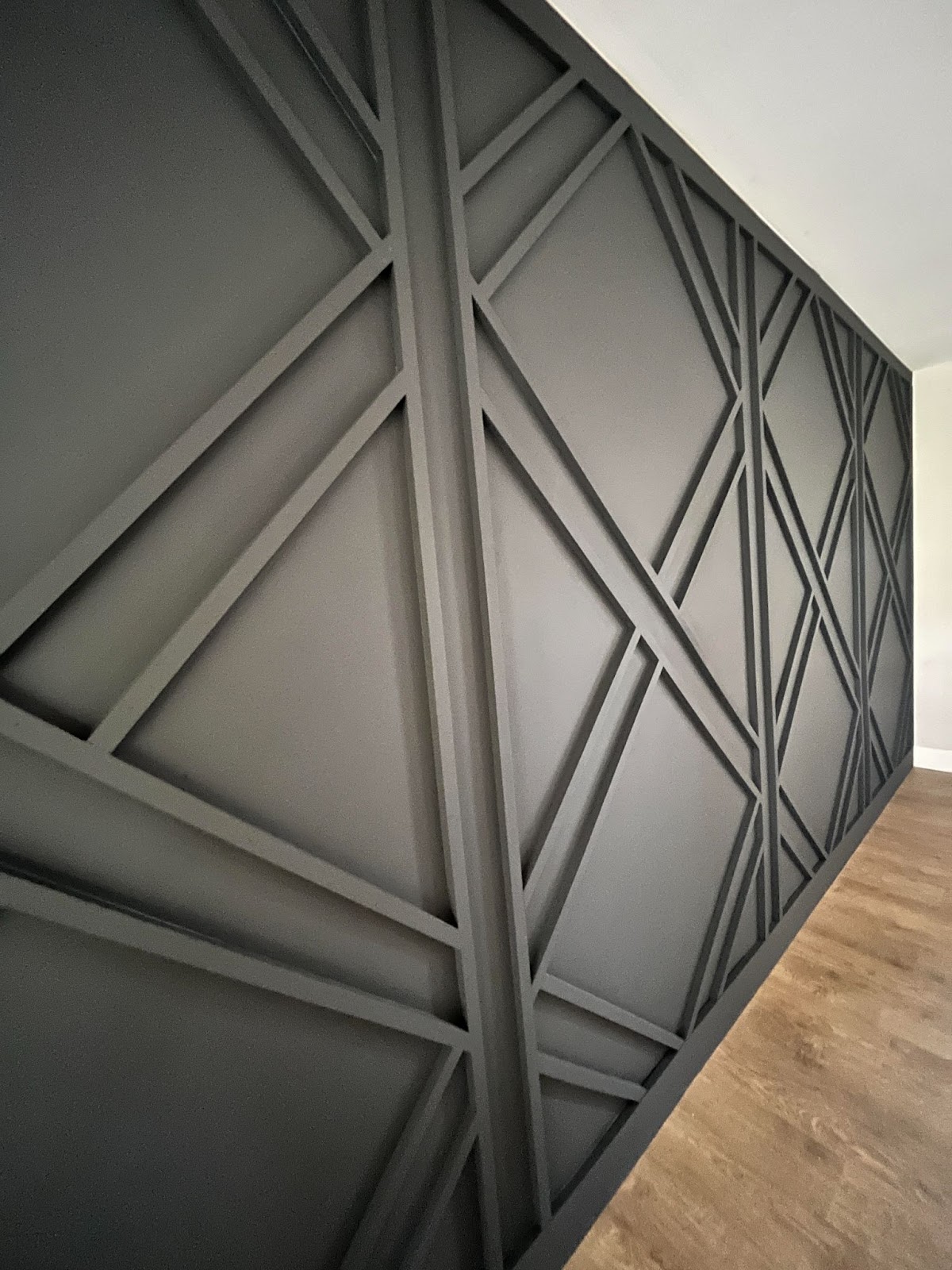
There are a lot of composite decking and siding options on the market these days, and recycled plastic is usually the dominant ingredient. Reusing plastic is an admirable sustainability mission, but composites have advanced past plastic. A newer composite called Acre by Modern Mill—that’s mostly made from rice hulls—more closely resembles wood in the performance of the material. Unlike mostly plastic composites, Acre dust is similar to wood sawdust, and it doesn’t create adhesive sticky snowflakes with a persistent static charge while being cut on a table saw. The lack of potential for little shocks and the absence of plastic composite dust that can attach to everything in its path combine to make working with Acre easier.
But the best part is that the rice hull composite decking, siding, and millwork takes paint and stain beautifully, maybe even better than standard lumber. Modern Mill says it’s also water-resistant, stain-resistant, pest-resistant, and guaranteed not to rot or crack.
RELATED: 19 Drywall Alternatives for Unfinished Walls – Advice From Bob Vila
2. Bamboo Lumber
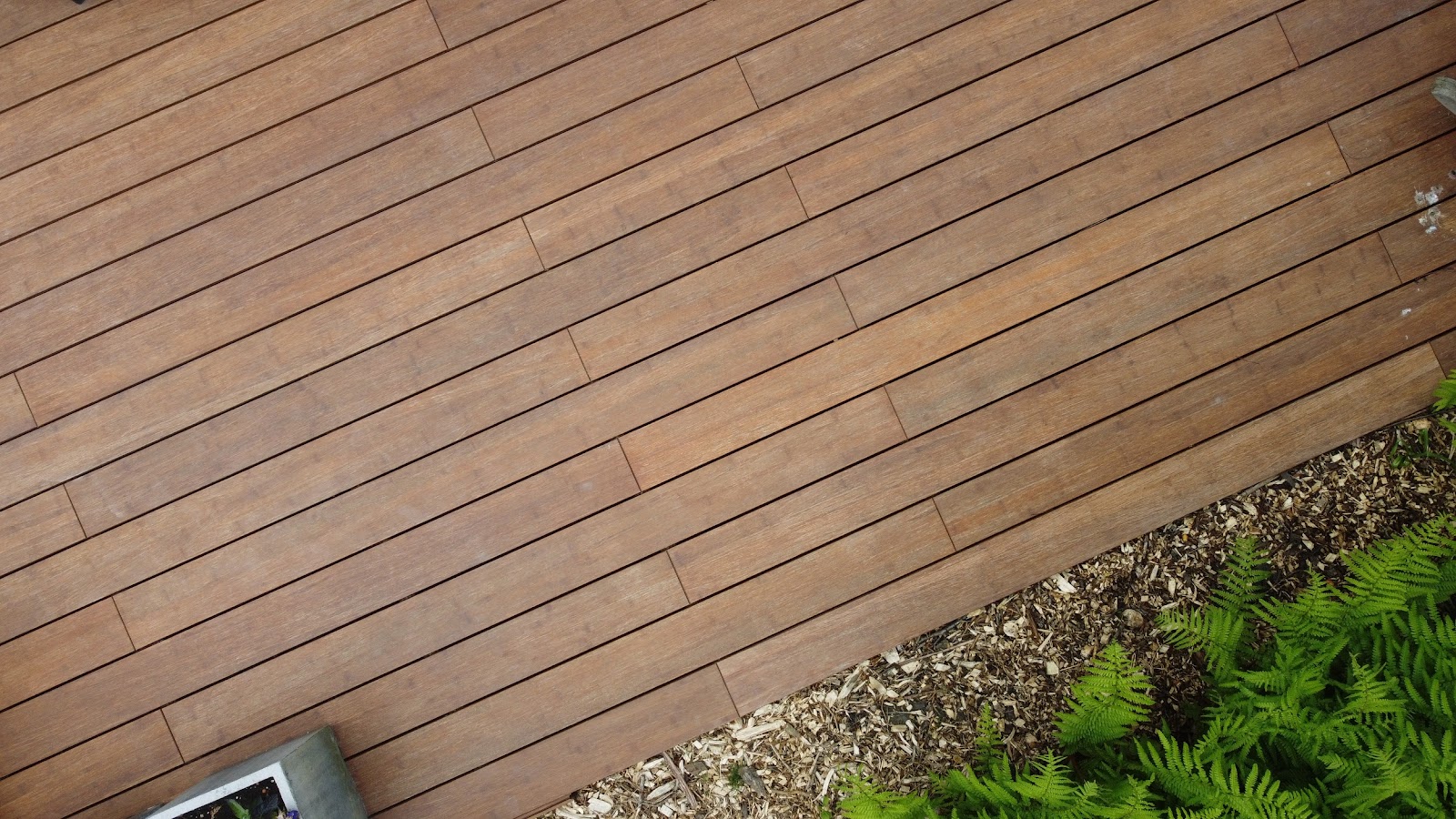
Another sustainable wood alternative is bamboo, which has the natural benefits of being insect- and rot-resistant. Plus, it’s a fast-growing and sustainable alternative to wood. Until about 20 years ago, sourcing it required an overseas order, but it was worth the trouble for ease of installation or durability in busy households.
These days, Netherlands-based Moso makes bamboo decking, siding, square stock lumber, 2x beams, and tongue-and-groove boards for porch flooring, soffits, and fences. In North America, the products appear under the names Bamboo Outdoor Thermo and Bamboo Outdoor N-Durance. Thermo performs similarly to exotic hardwoods and is Class A fire-rated, and N-Durance is similar to IPE and Cumaru.
RELATED: How Much Does Bamboo Flooring Cost? (2023)
3. Paper Wall Studs
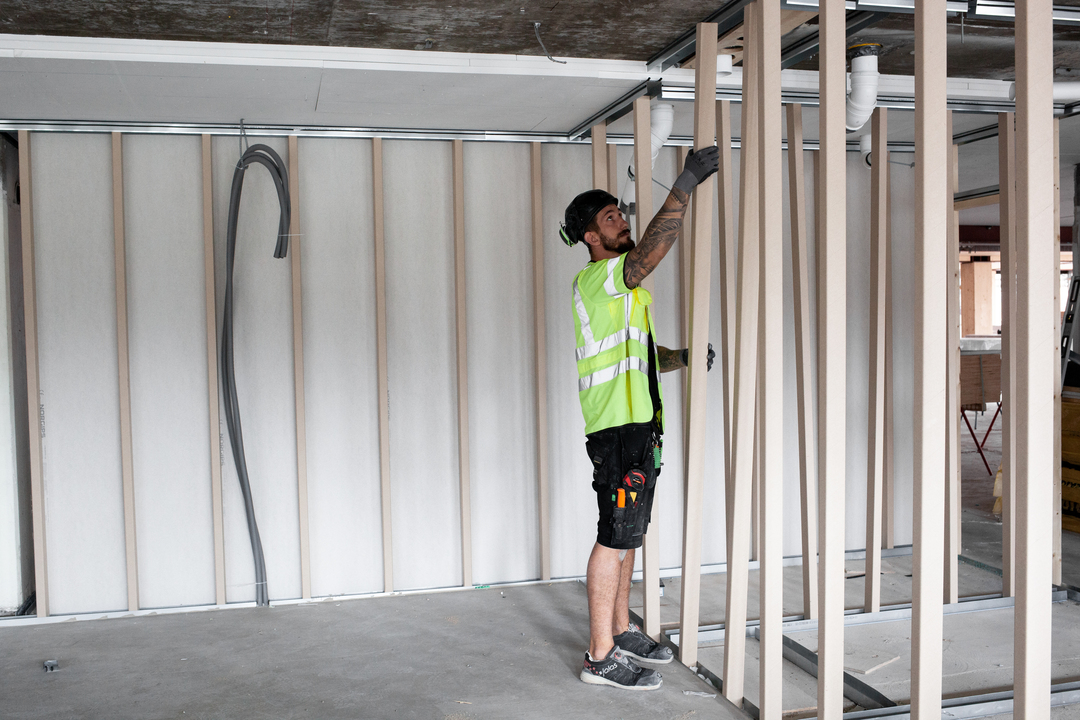
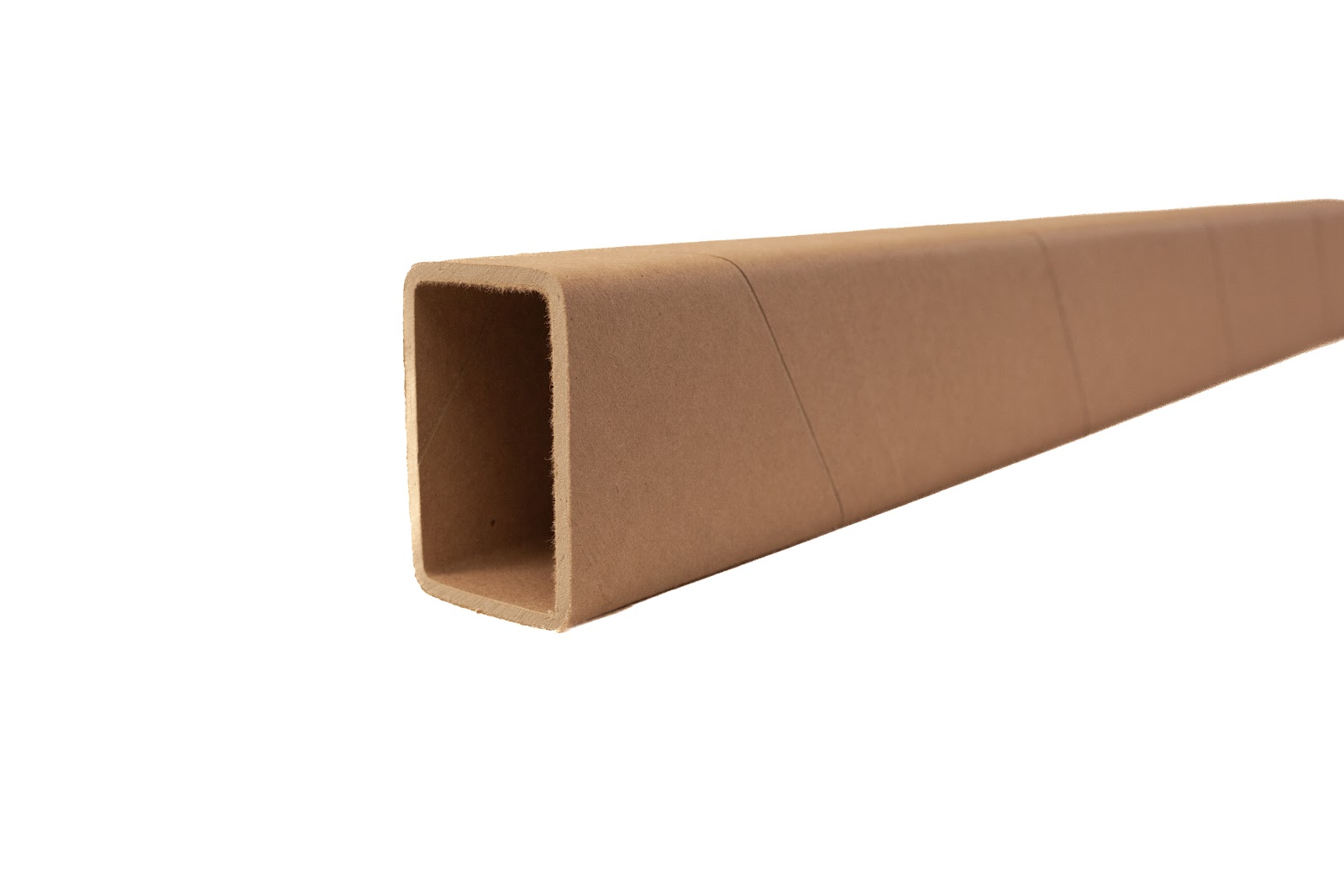
Recycled paper might just be a game changer when it comes to building stud walls. The company Wood Tube developed paper studs for use in non-load-bearing walls to reduce the construction industry’s impact on climate.
Easy to cut with standard tools like a miter saw, the studs are lightweight and can be installed with standard fasteners to reach up to 13 feet tall. Since it’s made from paper, a Wood Tube stud must never come in contact with water. So, make sure you are ready to accept delivery and have a dry place to store the tubes while waiting to begin installation.
RELATED: How to Mud Drywall: Step-by-Step Instructions
4. Wood Composite Siding and Decking
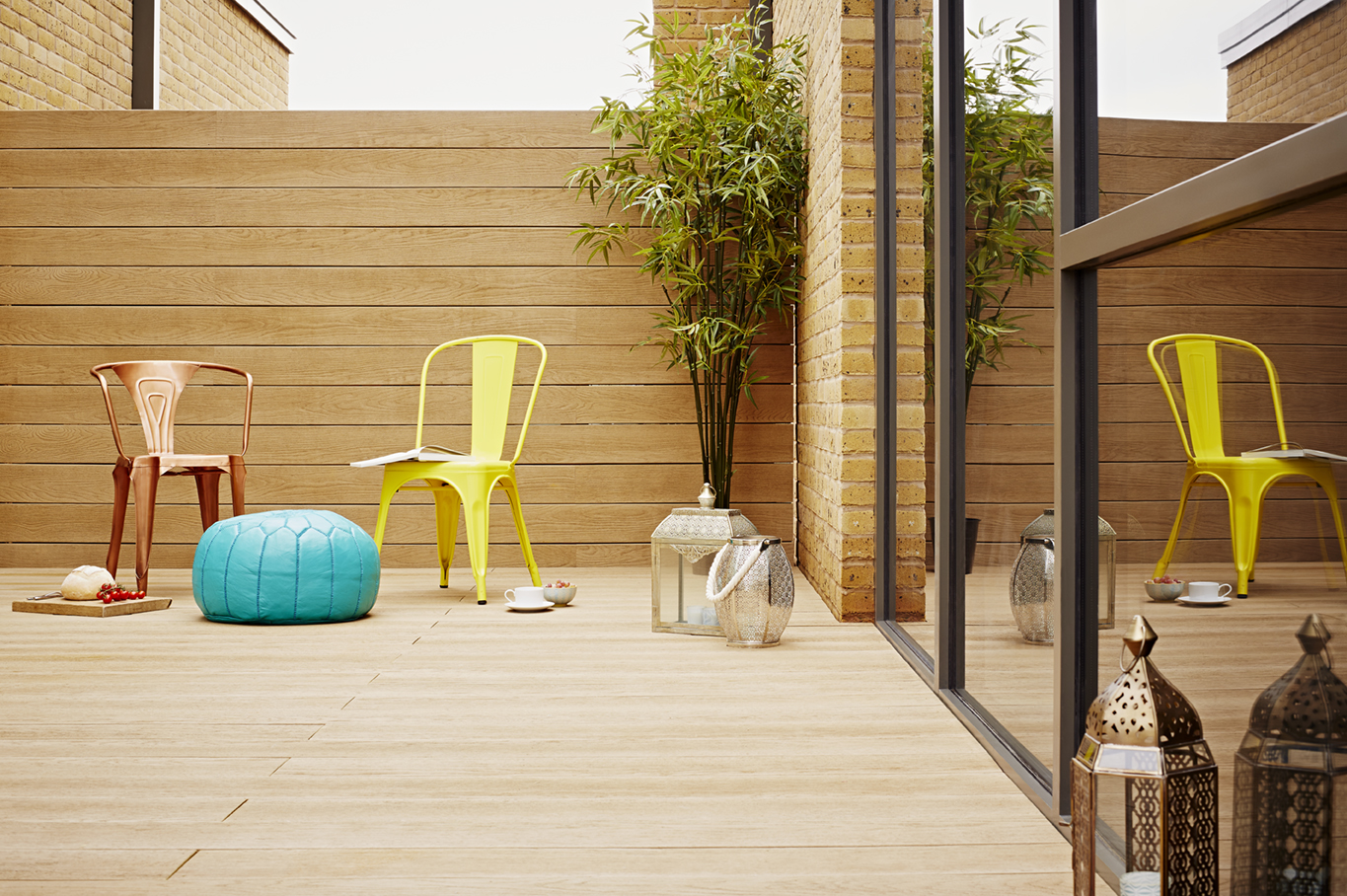
Wood composites aren’t a new alternative, but they are becoming more advanced. Molded from real oak boards, Millboard actually looks and feels like real wood, so once you’ve found the right tint, you won’t have to repaint the surface. The maker hand-molds it into decking and siding that performs similarly to real wood with the high performance of a hybrid of polyurethane with a polymer resin core that’s reinforced with fiberglass for extra strength and material stability.
The top layer is produced using the same pliable material as the soles of shoes, and it resists scratches and stains. Plus, it’s non-porous, rot-resistant, and lighter than wood, too, so it’s worth considering for shower walls, tub surrounds, backsplashes, pool decks, and outdoor furniture. There are a variety of decking and siding options, and the company offers free samples, so you can try the material before committing to a big project.
RELATED: Composite Decking vs. Wood Cost Comparison: 9 Considerations Before Choosing
5. Hemp Trim, Cabinets, and Flooring
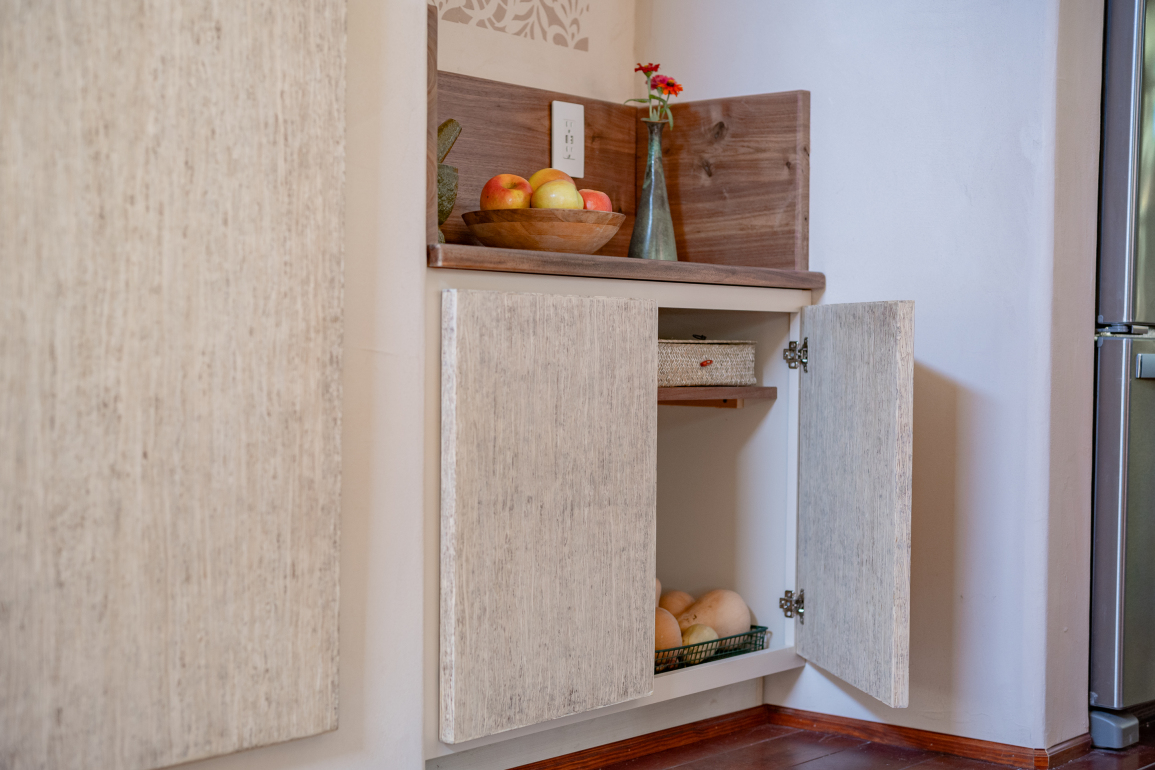
It seems like hemp has been showing up everywhere lately, from home goods to wellness products. Luckily, building products haven’t been overlooked by the hemp innovators. Made from fiber hemp stalks and a soy-based adhesive, HempWood is an engineered non-structural hardwood designed for interior flooring, cabinets, counters, trim, and furniture.
Comparable to American white oak, these hemp panels consist of three layers of cross-laminated solid hemp and the flooring is 20 percent harder than hickory. As it’s a USDA-Certified BioBased Product, 1 pound of carbon is stored in every 2 feet of HempWood flooring so it helps reduce the overall environmental impact of a home makeover project.
RELATED: The 30 Best Eco-Friendly Products of 2023
6. Cork Walls and Floors
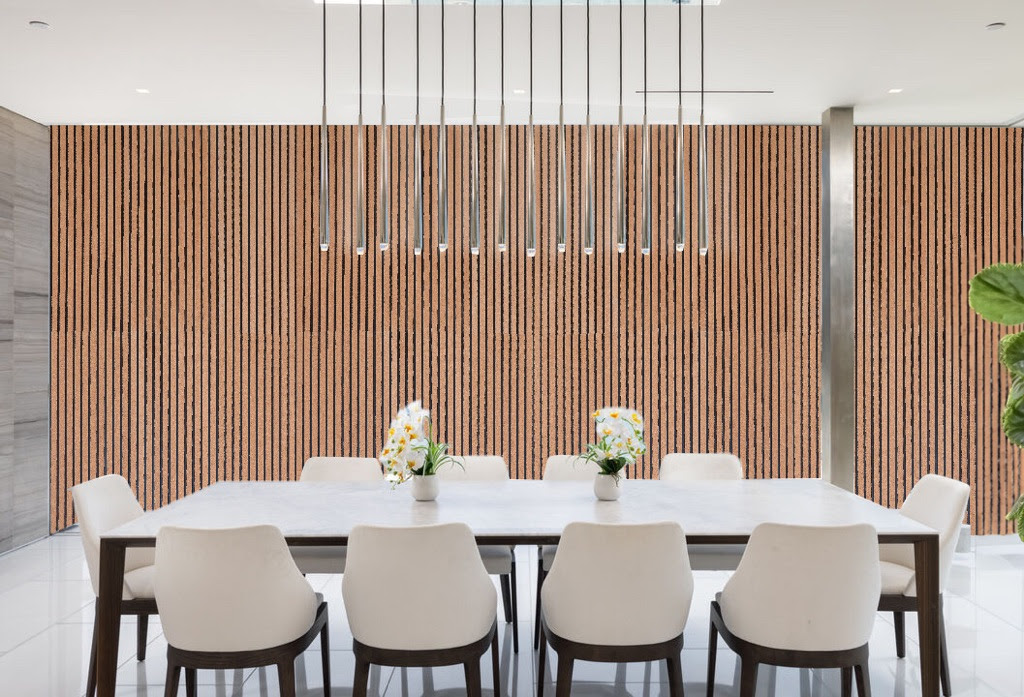
Renewable and biodegradable, cork is another sustainable wood substitute that’s being used in homes as flooring, ceilings, and wall cladding. Made from the outer bark of an oak tree, the Thermacork’s cork insulation panels can be used on exteriors and help enhance the insulation value of a wall system with its R-4 per inch rating.
For those who love the look of wood flooring and want to max out on sound absorption in a media room or busy open floor plan, the brand Cancork has a variety of wood-grain cork flooring options called iCorkfloor. They digitally print the wood grain on the 3-millimeter-top layer of cork to achieve the look. The brand also makes on-trend acoustic cork wall panels that fit in seamlessly with many modern and transitional interiors.
RELATED: 9 Ways to Use Cork Around the House

